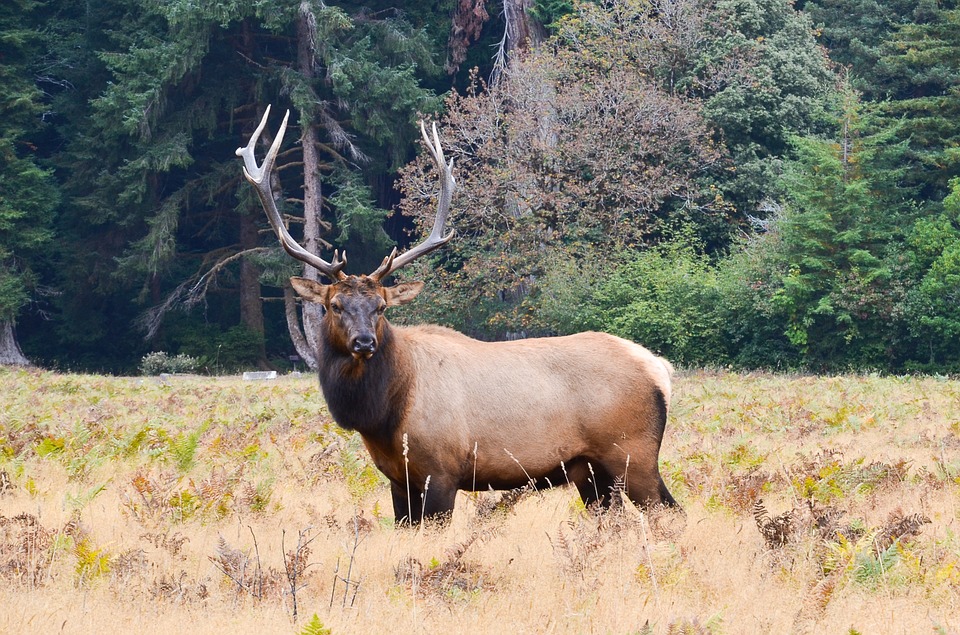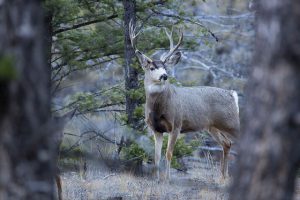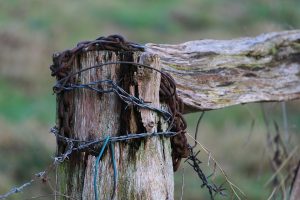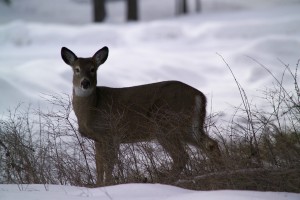Counting 7,768 elk in this year’s annual spring aerial surveys, Montana Fish, Wildlife and Parks’ biologist, Rebecca Mowry is pointing to record population levels in the Bitterroot area.
While still somewhat unsure what is driving the numbers upward, Mowry and other biologists are pointing to lower than usual hunter harvest numbers and a decrease in local predators as the main causes of the increase.
What may be more encouraging than just the overall increase in elk sightings is the number of calves counted during this year’s surveys. One of the areas struggling with elk numbers of recent exhibited an encouraging 33 calves per 100 cows.
“Twenty-five calves per 100 cows is what we like to see,” she told the Missoulian. “So that’s really encouraging to see that number so high.”
With this past winter wreaking havoc on mule deer and elk populations in other western states, Mowry, and her team were more than encouraged by the winter survival of elk in the Bitterroot.
“Overall, the trend is definitely up for elk numbers for the Bitterroot,” Mowry said. “I did not see the level of winter kill that I had expected to see.”
When it comes to predator management, state officials seem to have struck a balance, maintaining both healthy populations of mountain lions, wolves and elk in the region. Despite unsuccessfully locating any mountain lions this year, the quota for Tom harvest went unfilled in 2016.
Additionally, 20 wolves were harvested in the most recent season by hunters and trappers, 14 of which were taken in HD 270, one of the more popular hunting areas in the region.




